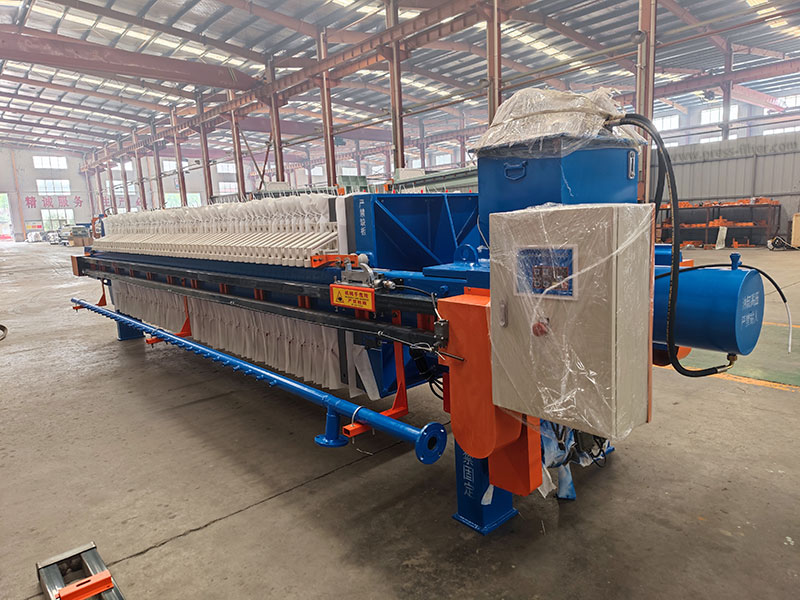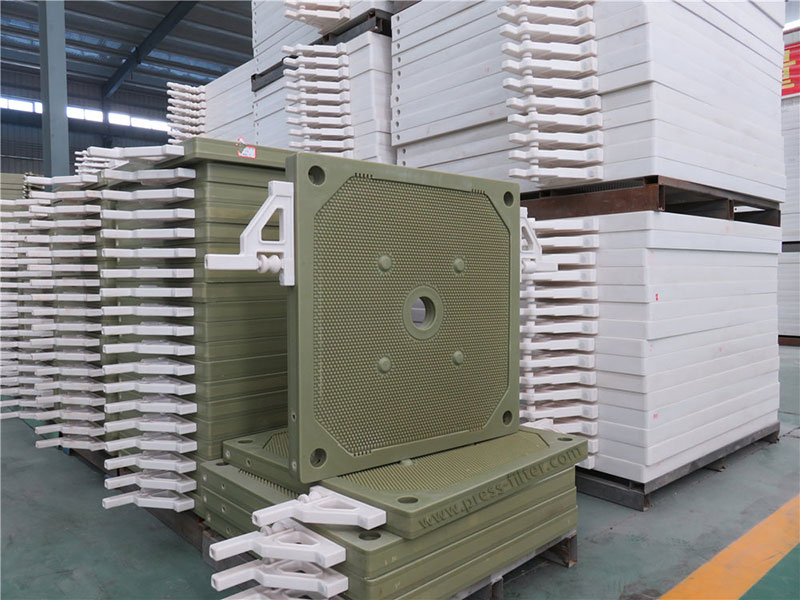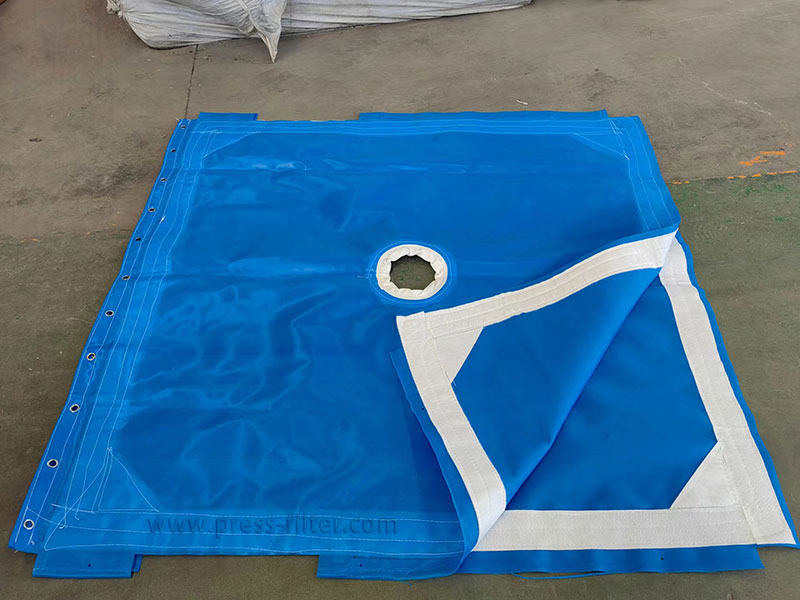What Should You Pay Attention to When Cleaning the Filter Press?
For users of sludge filter presses, special attention should be paid to the regular cleaning of the equipment. In addition, the operation of the sludge filter press in a strong pressure environment will cause more and more solid particles in the filtered fluid to adhere to the filter cloth. Weaving is done meticulously to maintain the holes in the filter cloth, giving it a specialized structure that prevents solid particles from easily passing through. As these particles accumulate, the filter cloth can become clogged, significantly reducing its filtration speed and leading to low operational efficiency of the equipment. If it is not cleaned in time, it will not only affect the work efficiency but also seriously affect the work quality. So, let’s talk about the cleaning tips of the sludge filter press.

First, make sure to cut off the power supply of the filter press before cleaning to prevent injury caused by accidental startup. And place warning signs in the operation area to remind other personnel that the equipment is being cleaned. Secondly, choose the appropriate cleaning fluid according to the type of dirt: common cleaning fluids include water, acid, and alkali solutions, as well as professional cleaning agents. Make sure that the cleaning fluid does not corrode the materials of the filter press, especially the metal parts.
After the filter press stops running, besides turning off the power, it’s necessary to clean the filtered parts. The filter press has many critical components where the filtrate passes through, so extra care is needed during cleaning. Damaging the equipment during this process would be detrimental and not worth the loss.
When the feed pump sends the filtrate into the equipment, it flows into the filter chamber, which consists of individual filter plates. Therefore, cleaning the filter chamber essentially means cleaning the filter plates. To clean the filter press, you need to retract the push plate, loosen the filter plates one by one, and remove the filter cakes. It’s crucial to clean the drainage holes on the filter plates to prevent the filtrate from drying and depositing, which can cause blockages and damage the plates, hindering the proper operation of the sludge filter press in future cycles.

In addition to cleaning the filter chamber, the filter cloth must also be cleaned. It is essential to understand the properties of the filter cloth’s filtrate to select the appropriate cleaning method. First, choose weak alkaline water to soak the filter cloth for 10-24 hours. Then rub the filter cloth repeatedly wash it with clean water, and then dry it until it is 90% dry before operating it again.
When cleaning the sludge filter press, you can use manual methods. Remove the filter cloth from the plate frame and soak it in water. Rub it repeatedly with your hands, or add detergent. You can also use a brush, such as a household shoe brush, to gently brush away impurities on the filter cloth. After brushing it clean, replace it with clean water for rinsing. If the filter cloth is acidic, you can soak the filter cloth with a slightly alkaline solution. If the filter cloth is alkaline, you can soak the filter cloth with a slightly acidic solution.

Replace hydraulic oil: It is recommended that all hydraulic oils in the filter press equipment be replaced once, and the oil tank should be cleaned. Due to long-term work, the hydraulic oil will deposit impurities on the inner wall of the hydraulic system due to wear in the mailbox. Therefore, in order to be able to use it normally next time, we need to replace all the hydraulic oil.
The above is a list of cleaning and maintenance items that Uniwn has compiled for you after the sludge filter press is shut down and the staff needs to do it later. When you use the sludge filter press, you should also perform regular maintenance so that the equipment efficiency will be higher.

